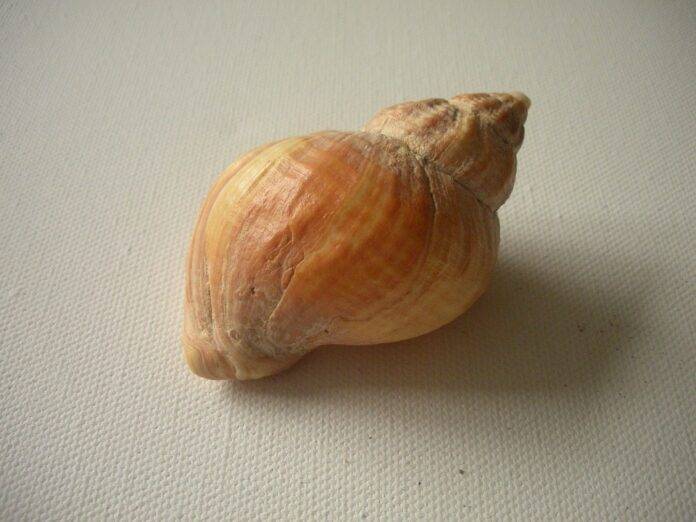Introduction
Whelks are a type of sea snail that are harvested for their meat, which is considered a delicacy in many parts of the world. There are two main methods of obtaining whelks: wild-caught and farmed. In this report, we will compare the sustainability and profitability of these two models to determine which is more viable in the long run.
Wild-Caught Whelks
Wild-caught whelks are harvested from their natural habitats in the ocean. This method has been used for centuries and provides a sustainable source of whelks for consumption. However, there are concerns about overfishing and the impact on marine ecosystems. According to the Food and Agriculture Organization (FAO), global whelk stocks have been declining due to overfishing in some regions.
Environmental Impact
The wild-caught whelk industry can have a negative impact on marine ecosystems if not managed properly. Overfishing can lead to a decline in whelk populations, disrupting the natural balance of the ecosystem. Bycatch, which refers to the unintentional capture of other marine species, can also be a problem in wild-caught whelk fisheries.
Financials
In terms of financials, the cost of harvesting wild-caught whelks can vary depending on factors such as fuel prices, weather conditions, and market demand. Additionally, there are regulatory costs associated with obtaining permits and complying with fishing quotas. However, wild-caught whelks can fetch higher prices in the market due to their perceived quality and freshness.
Farmed Whelks
Farmed whelks are raised in controlled environments such as aquaculture farms. This method allows for greater control over the production process and can help alleviate pressure on wild whelk populations. However, there are challenges associated with farming whelks, such as disease outbreaks and environmental impacts from waste disposal.
Environmental Impact
Farmed whelks can have a lower environmental impact compared to wild-caught whelks if best practices are followed. By controlling factors such as feed quality, water quality, and waste management, aquaculture farms can minimize their impact on marine ecosystems. However, there are concerns about the use of antibiotics and chemicals in some aquaculture operations.
Financials
The cost of farming whelks can be higher initially due to the infrastructure required to set up aquaculture systems. However, over time, the cost per unit can decrease as economies of scale are achieved. Additionally, farmed whelks can be sold at competitive prices in the market, especially if they are marketed as sustainable and environmentally friendly.
Comparison
When comparing wild-caught and farmed whelks, it is important to consider factors such as sustainability, profitability, and consumer demand. While wild-caught whelks have a long-standing tradition and are perceived as more natural, farmed whelks offer a more controlled and sustainable alternative.
Sustainability
From a sustainability standpoint, farmed whelks have the potential to reduce pressure on wild whelk populations and help conserve marine ecosystems. By implementing best practices in aquaculture, farmers can minimize their environmental impact and ensure the long-term viability of whelk production.
Profitability
In terms of profitability, both wild-caught and farmed whelks can be lucrative ventures if managed effectively. While wild-caught whelks may have higher upfront costs and regulatory hurdles, they can command premium prices in the market. On the other hand, farmed whelks can offer a more consistent supply and potentially lower production costs over time.
Conclusion
In conclusion, the debate between wild-caught and farmed whelks ultimately comes down to balancing environmental concerns with economic considerations. Both models have their advantages and challenges, and the best approach may vary depending on specific circumstances. By adopting sustainable practices and staying attuned to market trends, whelk producers can ensure a profitable and environmentally responsible business in the long run.



